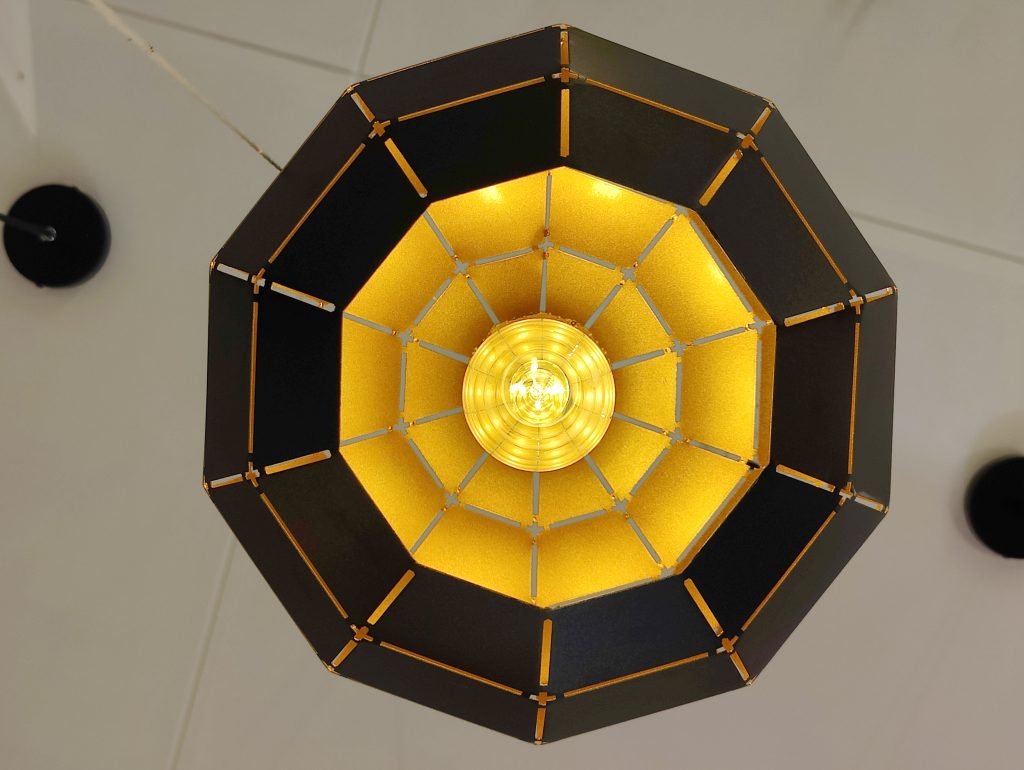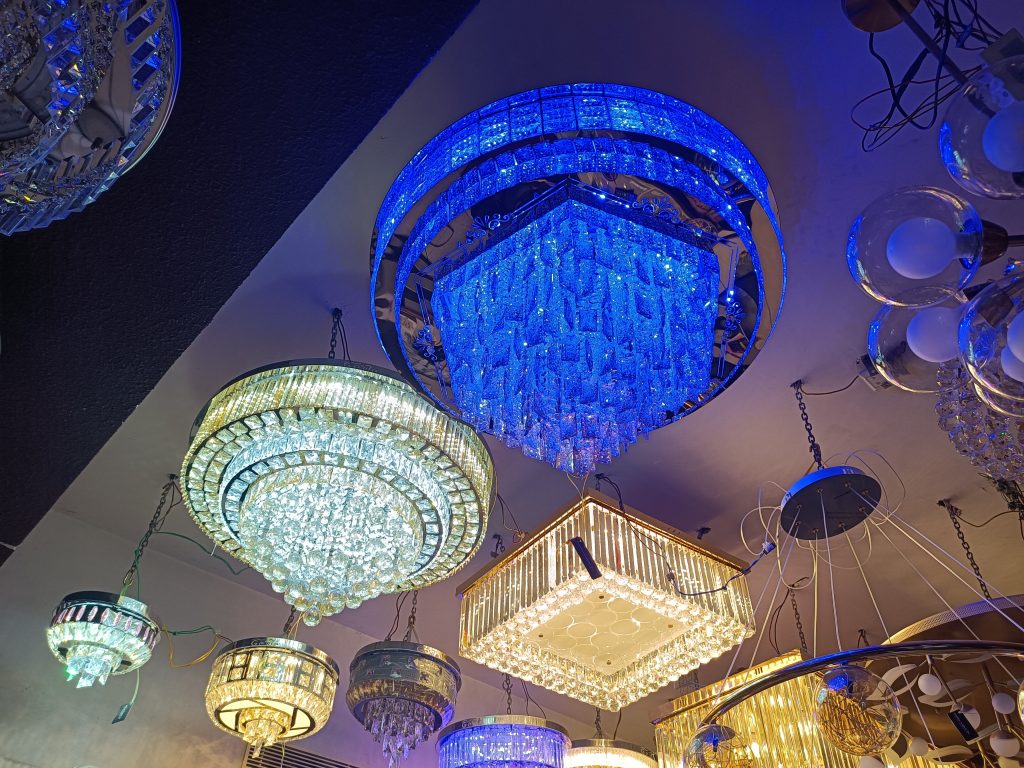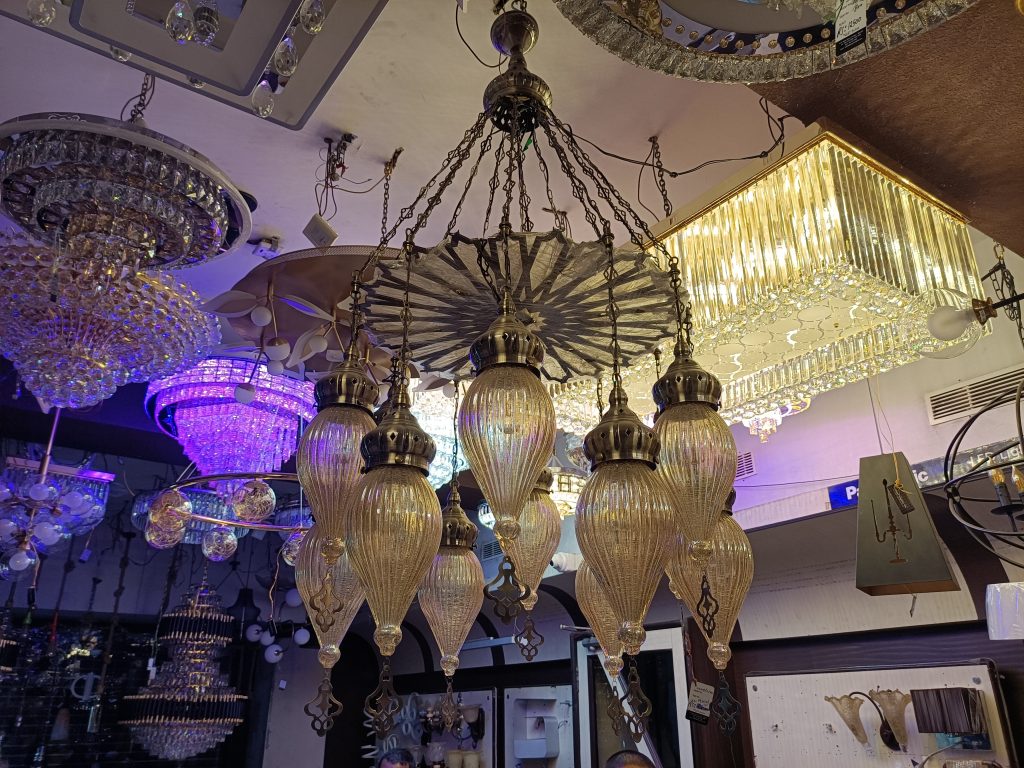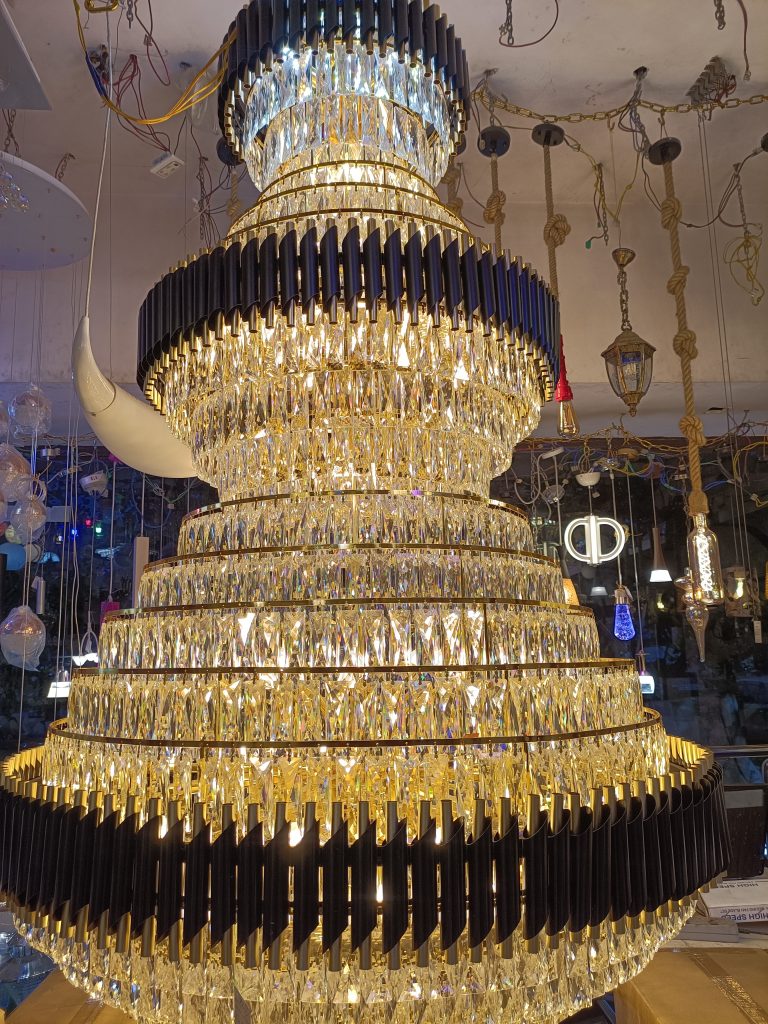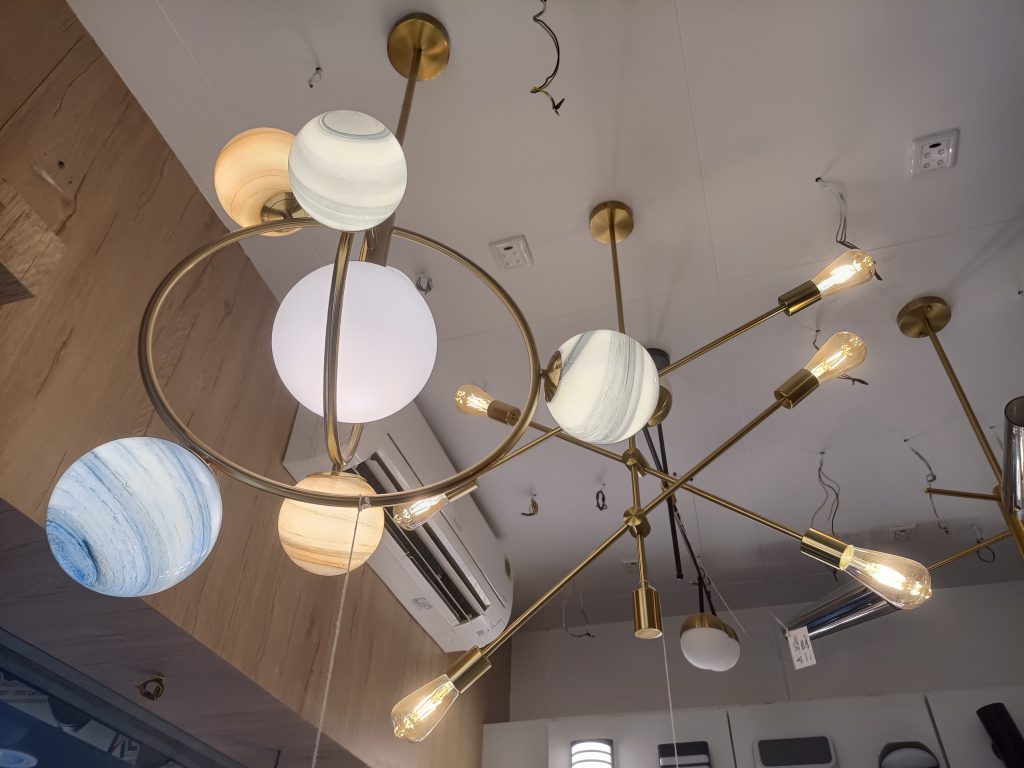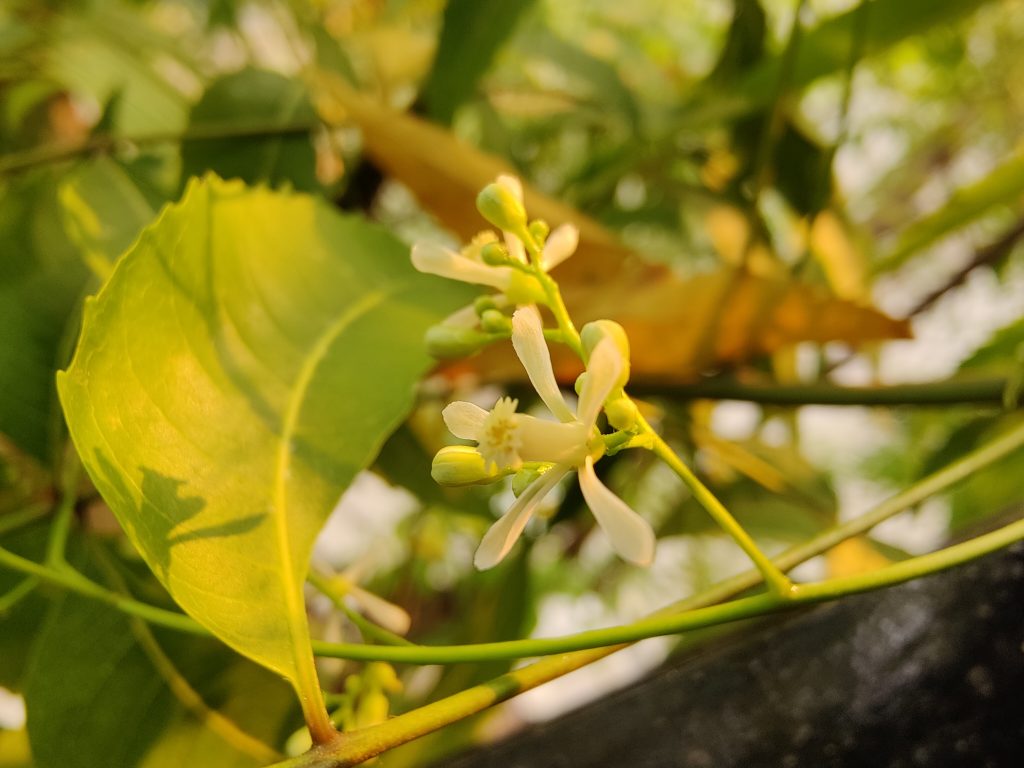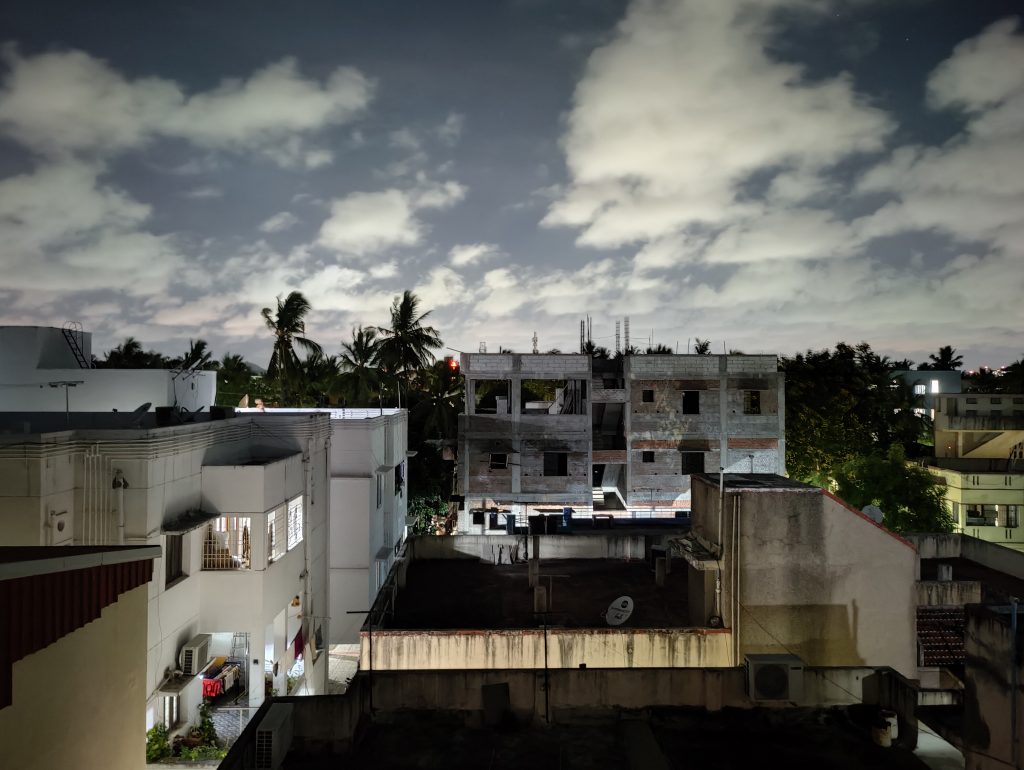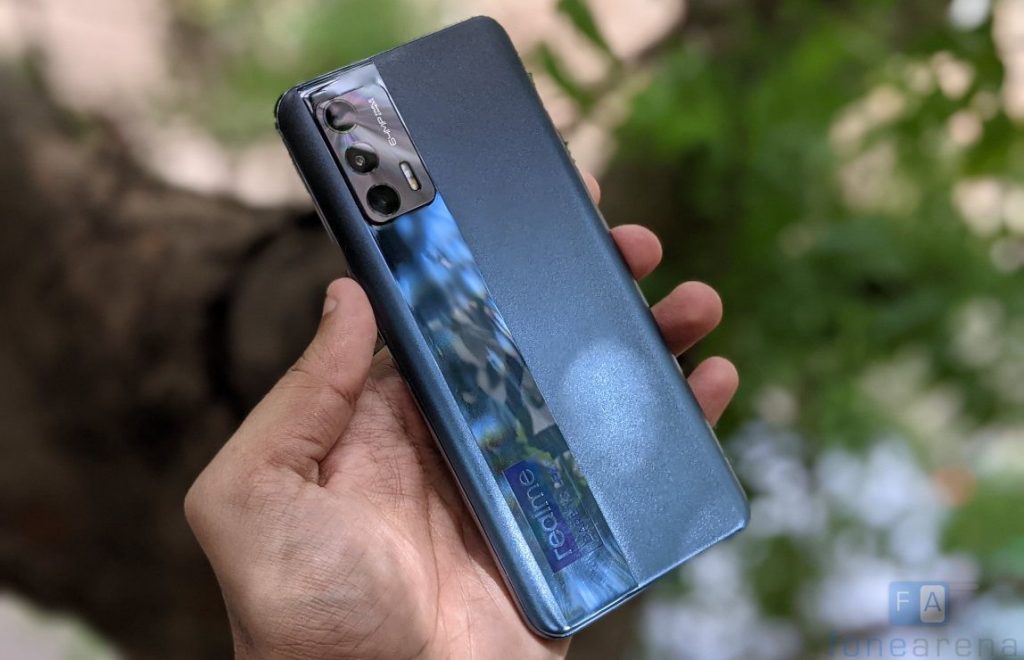
All smartphone brands are eying to bring 5G smartphones under the Rs. 30,000 price segment. One of the brands is realme, and it launched the realme X7 Max to compete against rivals in this category from OnePlus, Xiaomi and more. Notably, the realme X7 Max is a rebranded variant of the realme GT Neo from China. Here’s a review of the smartphone to know how well it performs.
Box Contents
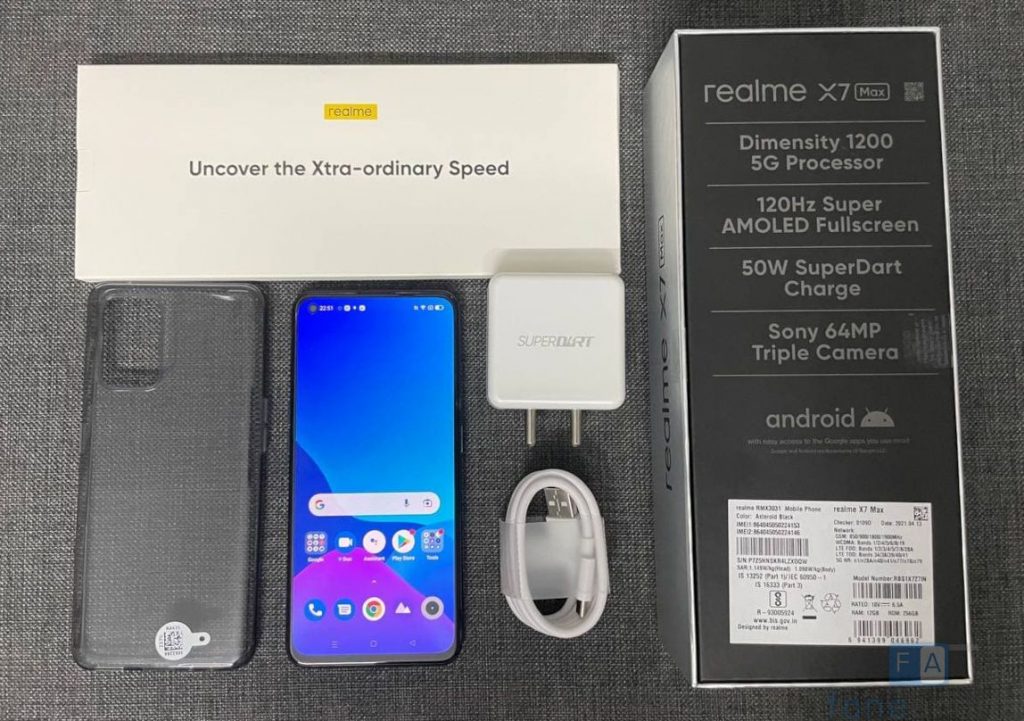
- realme X7 Max smartphone
- 50W Dart charger
- Quick Start Guide
- SIM ejector tool
- Charging cable
- TPU case
Design and Display
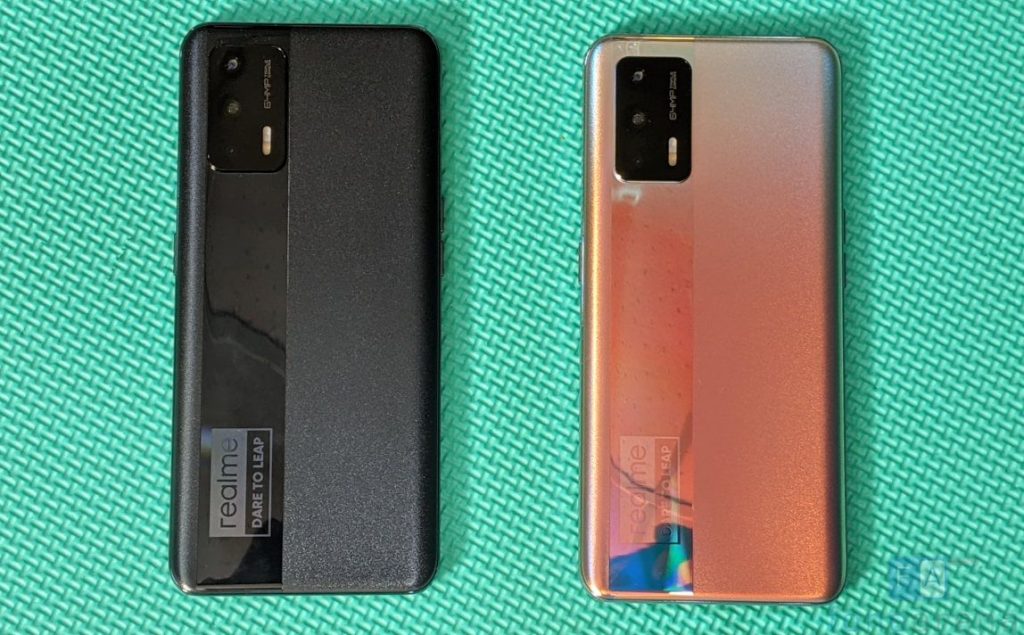
At the first glance, the realme X7 Max looks impressive with three color options including Mercury Silver, Asteroid Black, and Milky Way. It flaunts a two-tone design with a glossy camera strip while the rest of the rear panel appears to have a matte finish. Instead of the bold and big “Dare to Leap” branding at its rear, there is a small box on the glossy strip’s bottom, which looks good. Besides this, the smartphone is lightweight as it weighs in at 179 grams.
Though the realme X7 Max looks good, the in-hand feel isn’t great, especially the matte finish part. The notable addition is to the return of the 3.5mm headphone jack. At the right, we have the power button, while the left edge has the volume keys alongside the SIM card tray that can house two Nano SIM cards and no option for storage expansion.
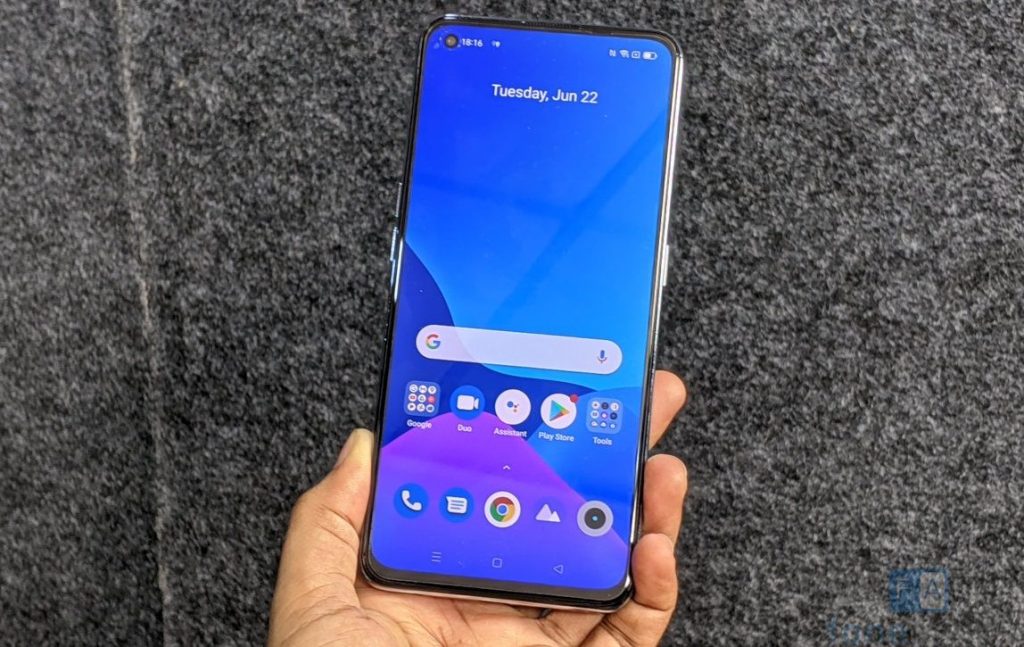
Moving on to the display, the realme X7 Max bestows a 6.43-inch Samsung’s Super AMOLED display with a FHD+ resolution of 2400 x 1080 pixels and a fast 120Hz refresh rate. Other display features include a 360Hz touch sampling rate and 91.7% screen to body ratio along with Always-on capability.
Talking about its playback performance, the realme X7 Max supports HDR10, HLG, and comes with Widevine L1 certification for HD playback on OTT platforms like Prime Video, Netflix. However, it misses out on the ability to play HDR content on Netflix. The high refresh rate translates into a smooth playback experience.
The display is bright and delivers punchy colors with accuracy. There is a good contrast for reading and watching content. Even under direct sunlight, the realme X7 Max display gets bright enough to be viewed. Though it is not the best display in its class, it is an acceptable one given the price of the smartphone.
Camera
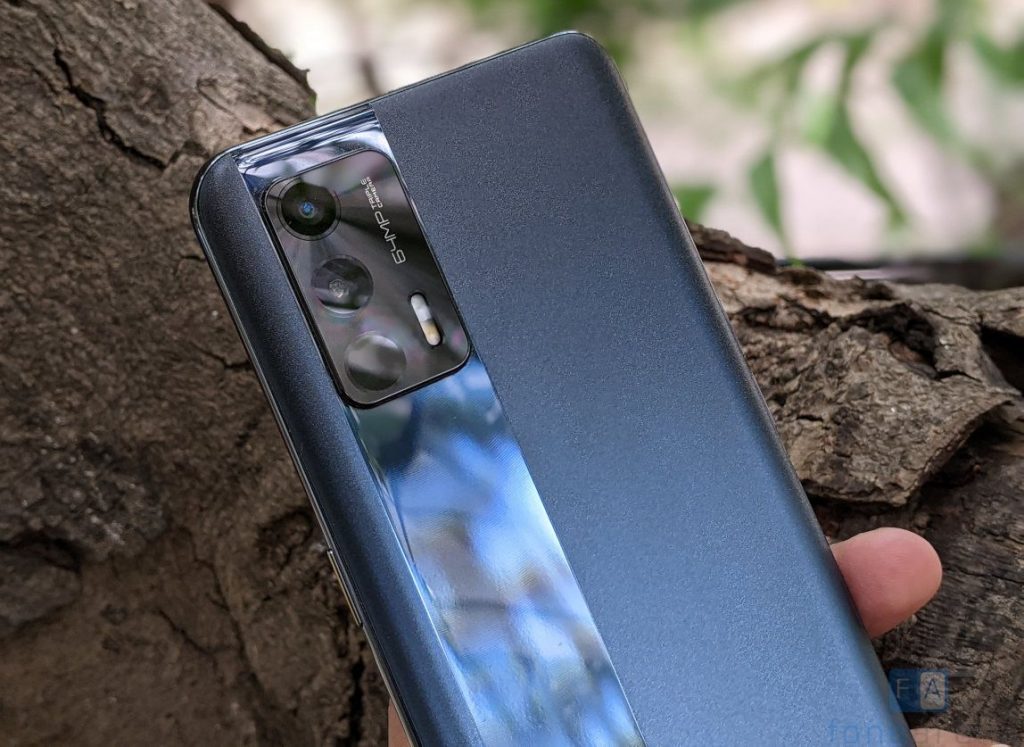
At the rear, the realme X7 Max houses a triple-camera setup with a 64MP primary Sony IMX682 sensor along with f/1.8 aperture, an 8MP ultra-wide angle secondary lens and a 2MP tertiary macro lens. There is a 16MP front-facing selfie camera sensor within the punch-hole cutout.
The rear camera comes with a new Pure RAM mode that uses a night scene algorithm for minimized noise. It can process images with 64MP and bring them down as well. The other aspects include super nightscape, AI passport photo, portrait, slow-mo videos at 960fps and 4K videos at 60fps among others.
Detailing on performance, the images captured with the primary camera are at 16MP by default, which isn’t disappointing. You will get well-detailed images along with good dynamic range and color saturation. Even the white balance is good in the output. Sometimes, the images are processed to a great extent, resulting in an oversaturated and unnatural feel. The portrait shots are good with amazing depth effect and sharpness. During the nighttimes, the dedicated night mode comes to play as it reduces noise.
The 8MP secondary sensor gives a wider view, but it loses the color to some extent as compared to the primary sensor. Also, it fails to give a good dynamic range, and we get to notice pixels on zooming in. The tertiary 2MP macro camera captures good close up shots, but we need to get the focus right.
Talking about the selfie camera performance, it delivers natural-looking selfies, but it is important to turn off the beauty mode. Even the portrait selfie shots look great. Lastly, the realme X7 Max can shoot videos up to 4K 60fps, but there is no OIS and the selfie videos are capped at Full HD at 30fps.
Check out some camera samples below
Software, UI, Apps
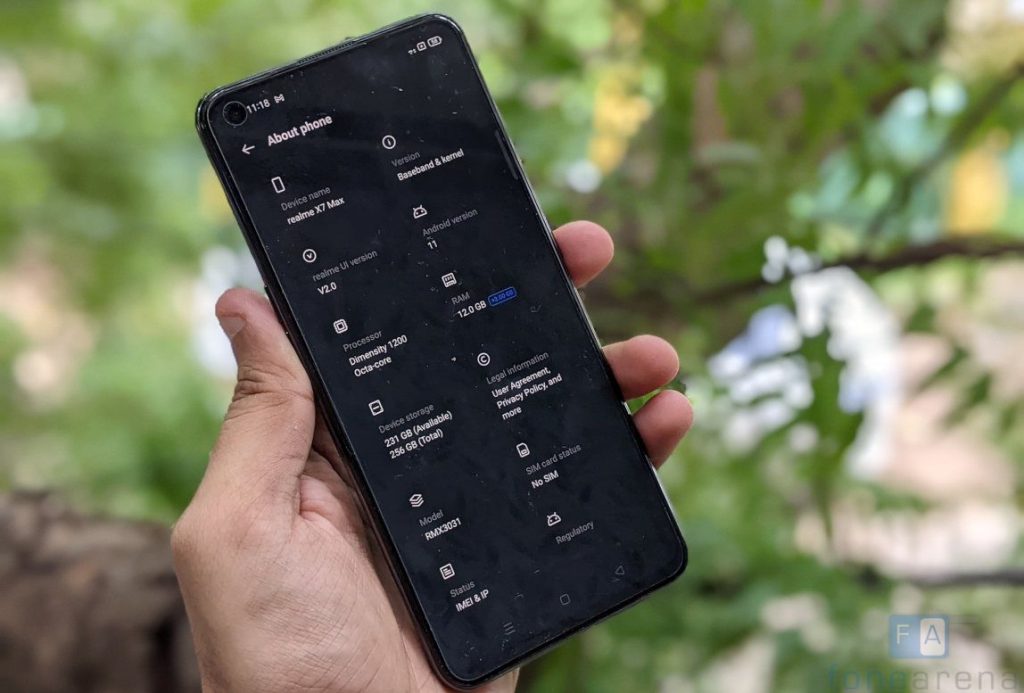
The realme X7 Max runs on ralme UI 2.0 based on Android 11 that brings a slew of new features and customization options. realme also adds a few apps including FinShell, Theme, HeyTap, Community, Phone Manager, and Theme store. The bloatware includes Amazon, Netflix, YT Music, Snapchat, and Flipkart among others.
realme UI 2.0 brings neat additions to the software including new icon customization, accent colors that can be customized, Always on Display, dark mode, mini windows and more. The UI feels smooth and snappy for the most part, and there aren’t any major bugs. However, the software has bugs and there are occasional restarts with this smartphone. On the whole, you will get a lag-free experience that should be enjoyable for all.
Music player, FM Radio and Multimedia
The realme X7 Max uses the default Music Player with the usual audio effects and equalizer presets. The FM Radio has recording capability and the dual stereo speakers are quite loud. Also, the device supports Hi-Res audio and Dolby Atmos audio.
Dual SIM and Connectivity
It supports 5G in both the SIMs with support for 5G NR N1/N28A/N40/N41/N77/N78/N79, Dual 4G VoLTE with carrier aggregation and other connectivity aspects such as dual-band Wi-Fi 6 802.11ax, Bluetooth 5.1, and Dual Frequency GPS, GLONSS, BEIDOU, GALILEO, QZSS. There is NFC and USB OTG support as well.
Performance
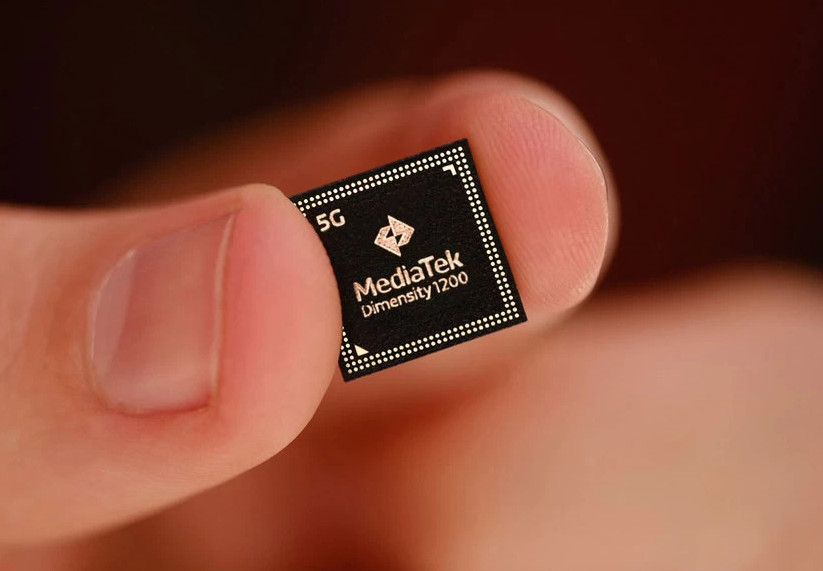
The realme X7 Max is a pioneer as it is the first smartphone to use the MediaTek Dimensity 1200 processor in India. The octa-core chipset is said to be 22% faster in CPU performance and 25% more power-efficient as compared to the last generation. Moreover, it offers support for 5G bands in the country.
It is paired with ARM Mali-G77 MC9 GPU and its HyperEngine 3.0 gaming suite to offer better gaming and graphics performance. There is stainless steel vapour cooling that reduces the temperature by up to 15°C.
In terms of everyday performance, the realme X7 Max has performed well even during intense usage and gaming sessions. The phone handled all tasks pretty well without overheating. It comes in two storage variants – 8GB RAM + 128GB storage and 12GB RAM + 256GB storage space.
On the whole, the performance was excellent and better than its competitors, but still the Snapdragon 870 is slightly better when it comes to gaming. The capable chipset handled things efficiently. Check out the synthetic benchmark scores below.
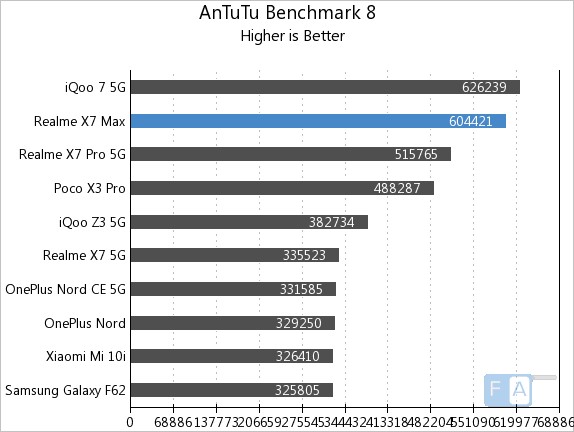

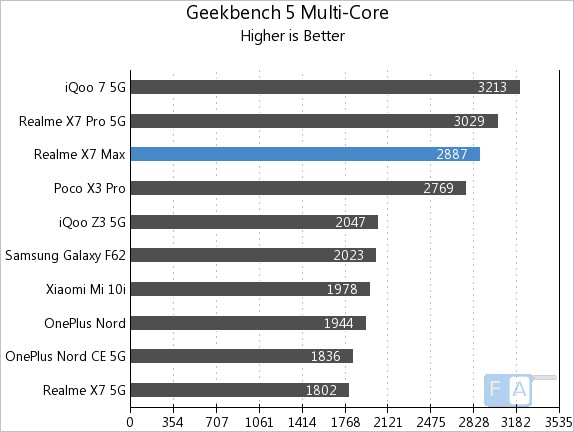
Battery

The realme X7 Max gets the power from a 4500mAh battery accompanied by 50W fast charging support. In terms of battery life, the device fared about average and handled extensive social media usage and gaming. Few minutes of gaming and calls. It lasted an entire day with up to six hours of intense usage, which should be ideal for a majority of users.
It achieved One Charge Rating of 17 hours and 35 minutes in our battery test, which is decent. We tested it in 120Hz which is adaptive, so in some cases it switches to 60Hz. Battery life is based on different factors such as software optimization and the processing power that requires to power the phone, so if the phone lasts for a day with heavy use, it is good.
Conclusion
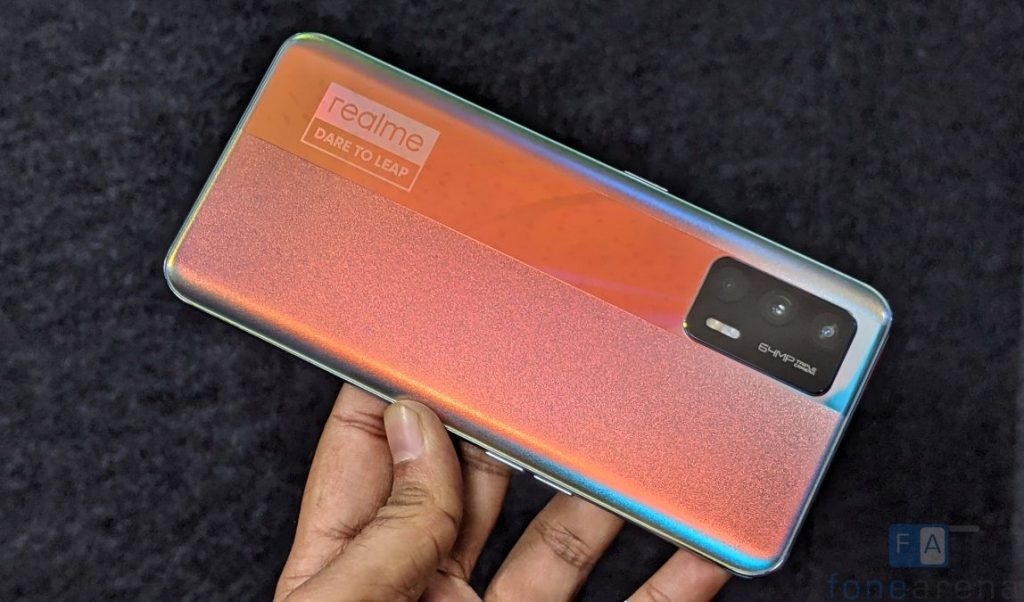
To conclude, you should buy the realme X7 Max if you want a phone with a 120Hz refresh rate that is suitable for gaming and multimedia usage. The hardware of the smartphone is also capable enough to deliver the intended performance across a wide range of tasks. However, the realme X7 Max misses out on some notable aspects including expandable storage space, exceptional camera performance and long-lasting battery life. It is available from Flipkart and realme.com online as well as offline stores starting Rs. 26,999 for the 8GB RAM with 128GB storage version.





